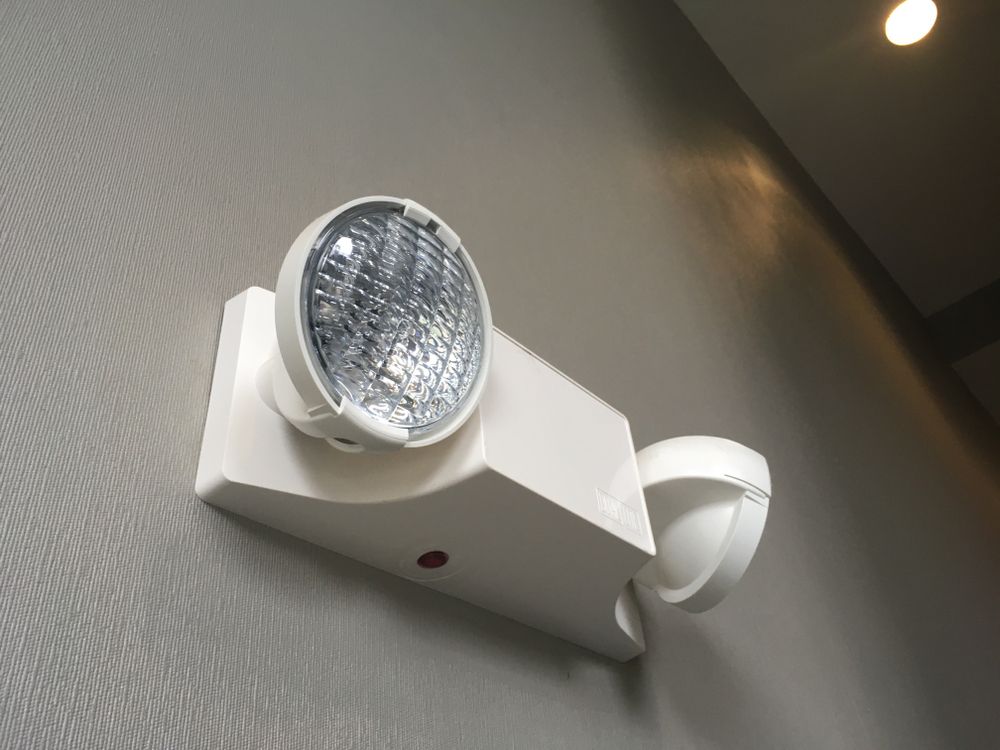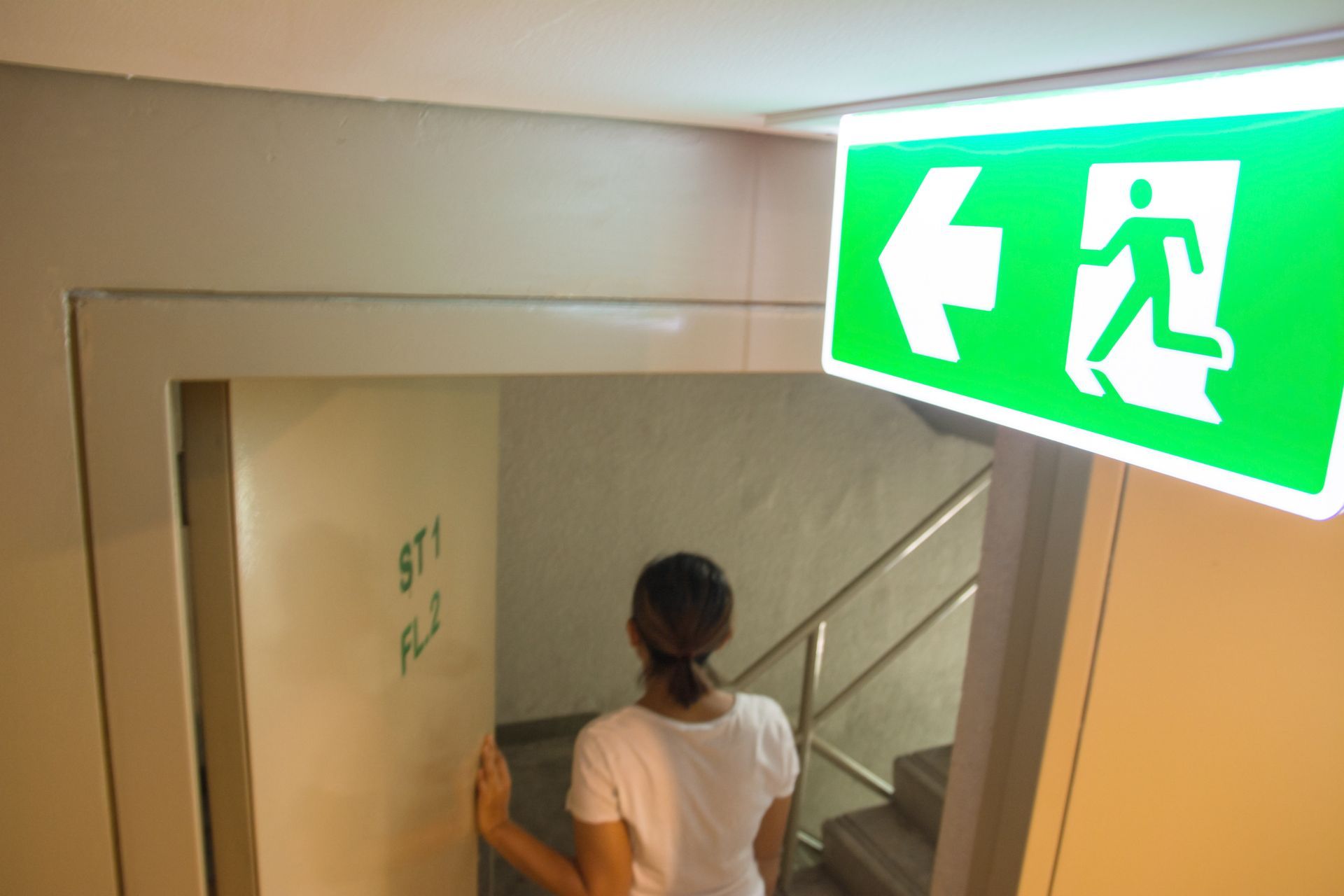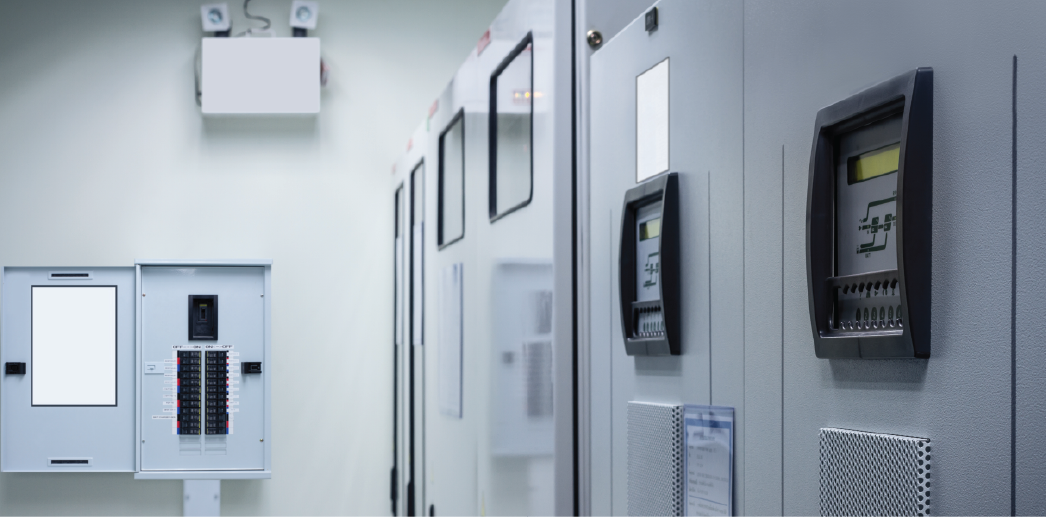Single Phase vs Three Phase Explained
Share this article:
Electrical supplies for homes and businesses commonly use single-phase alternating current (AC). This alternating current works with most appliances, simple office equipment, lighting, and other devices. Yet for large companies with complex equipment and in many other countries, equipment relies on three-phase alternating current. There are some key differences, advantages, and disadvantages when comparing single-phase vs three-phase power. Understanding these differences will allow you to select the right one for your company.

What is a Single Phase?
The term "phase" in the electrical industry refers to the electrical load placed onto your major power supply. Electrical loads signify the number of devices and the amount of electricity each device is pulling in from the main source. Single-phase power systems have two-phase wires connected to carry an electrical current. The phase wire consists of a live (hot) wire and a neutral wire. The live wire delivers the current to the connected and the neutral wire returns the current to the source.
The AC current has a voltage that moves like a wave where it has dips and valleys from a positive amplitude to a negative amplitude. This alternating voltage moves in cycles as it will pass through zero voltage twice in one cycle where it does not supply any power. When there is a single phase, it means there is one wave of voltage. This voltage usually starts at 230 volts and 50 hertz, which is more than enough for typical residential appliances and office equipment. Single-phase power is not constant due to these cycles.
There are several advantages to using single-phase power. This type of power is more than suitable for residential devices because these devices don't have heavy loads for long periods of time. Power is transmitted effectively to devices. A single-phase connection ensures that electricity provided coming through the wires is lower when the voltage increases. Since residential devices only need a small amount of power, a single phase can efficiently balance the load even when extra devices are added.
However, single-phase systems are not appropriate for all electricity scenarios. Heavy-duty equipment and multiple pieces of equipment creating heavy loads simply cannot work with single-phase connections. Single phase also isn't good with small motors of less than 1Kw that require initial torque to get the motor turning. These connections cannot provide enough power for this starting torque.
Since most residential homes are built with single power and many home appliances work well with this power option, most people won't upgrade to a three-phase power connection. For industrial and commercial operations, there are more opportunities where a three-phase power connection is ideal.
What is Three-Phase?
Three-phase power systems have 3 to 4 wires making a connection. If there are three wires, each wire is a phase wire. If there is a fourth wire, this wire is the neutral wire. For three-phase connections, there are three separate wave currents operating all the time. In essence, one wave of voltage will have a positive amplitude, the second wave of voltage will be at zero voltage, and the third wave of voltage will have a negative amplitude at each cycle as all three waves rise and fall.
This setup ensures that power is always provided and is constant for devices. Since there is constant power, a higher amount of voltage can be created as peak voltage is achieved twice during a single cycle. A voltage of up to 415 volts can be reached between any two phases while 240 volts is present between one phase and the neutral.
The main advantage of a three-phase is that this system can handle larger power loads. They can provide the necessary torque that small motors need and can handle heavy-duty equipment for long periods of time. You can also find three-phase connections for data centers where equipment can have a constant draw of high power as a three-phase offers a steady current. These connections provide better power transfer capabilities along with overall efficiency benefits.
There are some considerations when using a three-phase connection. A three-phase circuit cannot do anything where there is an overload. So expensive and delicate equipment can become damaged from potential overloads. There will also be higher insulation costs since there is a higher voltage that can be reached. The amount of insulation will depend on the amount of voltage needed for operations. It can also be more expensive to swap out a single phase to a three-phase throughout your building.
When it comes to three-phase power, it can also offer a range of benefits that can offset the installation and insulation costs. It will depend on the electrical load of your devices and whether the devices require more consistent power sources.
Single-Phase vs Three-Phase Power
When comparing single phase vs three phase, single phase is what more residential homes have while large manufacturers and companies need three phase power. Three-phase power can reach higher voltages, and have more consistent voltage, and have greater power density. This factor is due to having the extra phase wires available.
Single-phase is a simple installation that costs less than a three-phase system. The three phases also have more complex repair costs. However, the three-phase system will keep running if something happens to one phase as power becomes supplied to devices. For a single-phase system, if there is a problem, the entire system shuts down.
Which Type of Power Should You Use for Your Business?
There is no right or wrong choice between single-phase systems vs three-phase systems. Both offer benefits depending on the application and the available load. It's best to determine the power needs of all connected equipment, the size of the load, and what type of system is present in the building. If you are dealing with simple devices and don't see the power load changing in the future, a single-phase system may be more suitable. Yet if you have power-intensive equipment or plan to add additional loads to the main power, a three-phase system would be an optimal choice.
When looking for single-phase and three-phase light inverter products, check out our large selection of UL 924-certified inventory. We have what you need that can fit into different operations and setups. Contact us today to learn more.
Connect with Us:
Request a Quote From a Product Specialist
Experienced Product Representatives are on hand to send you information and quotations for equipment. If you need help with sizing, installation planning, or general questions about product please fill in the appropriate form and someone will contact you shortly. You may also call 844-501-1887 to get a direct product representative.



